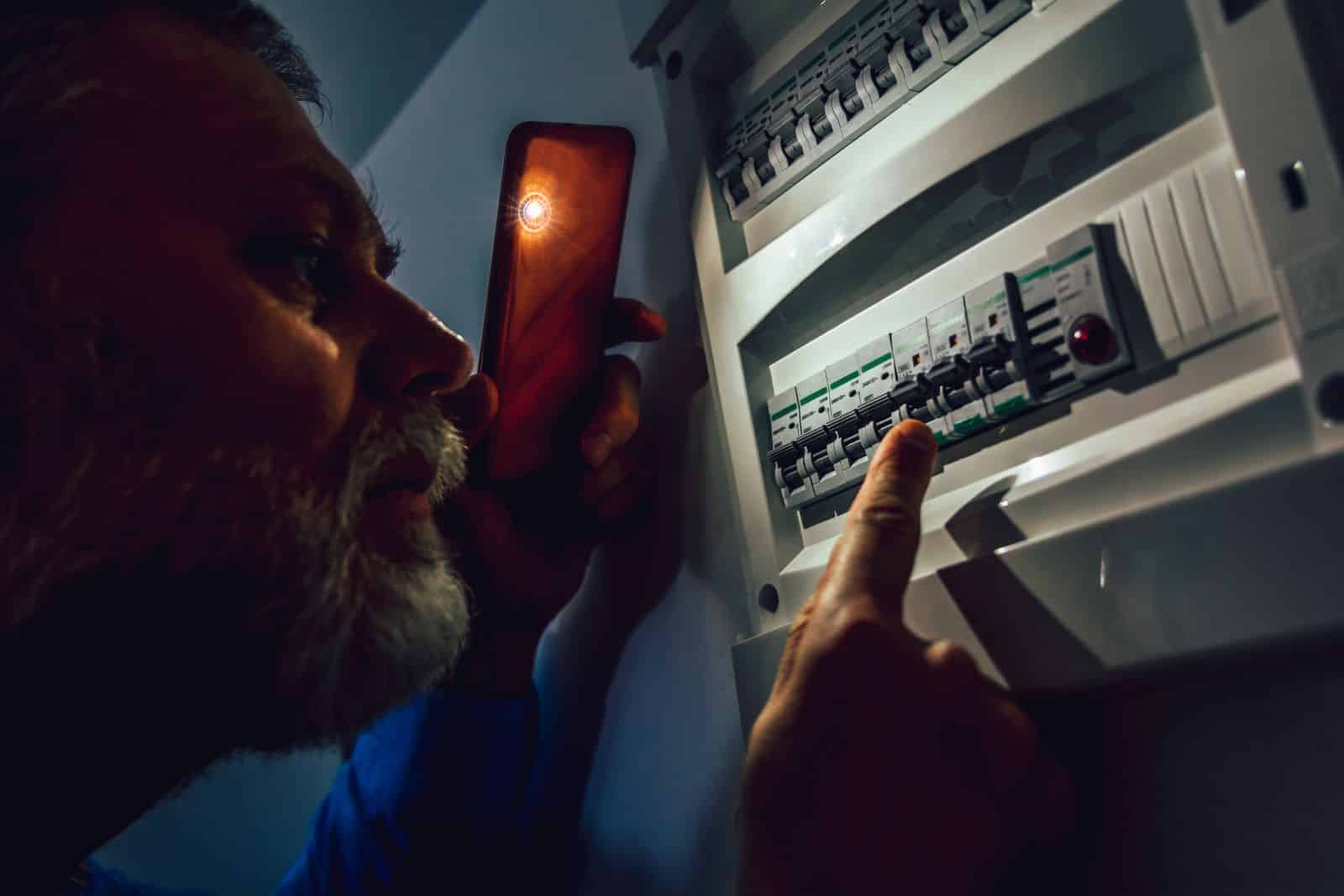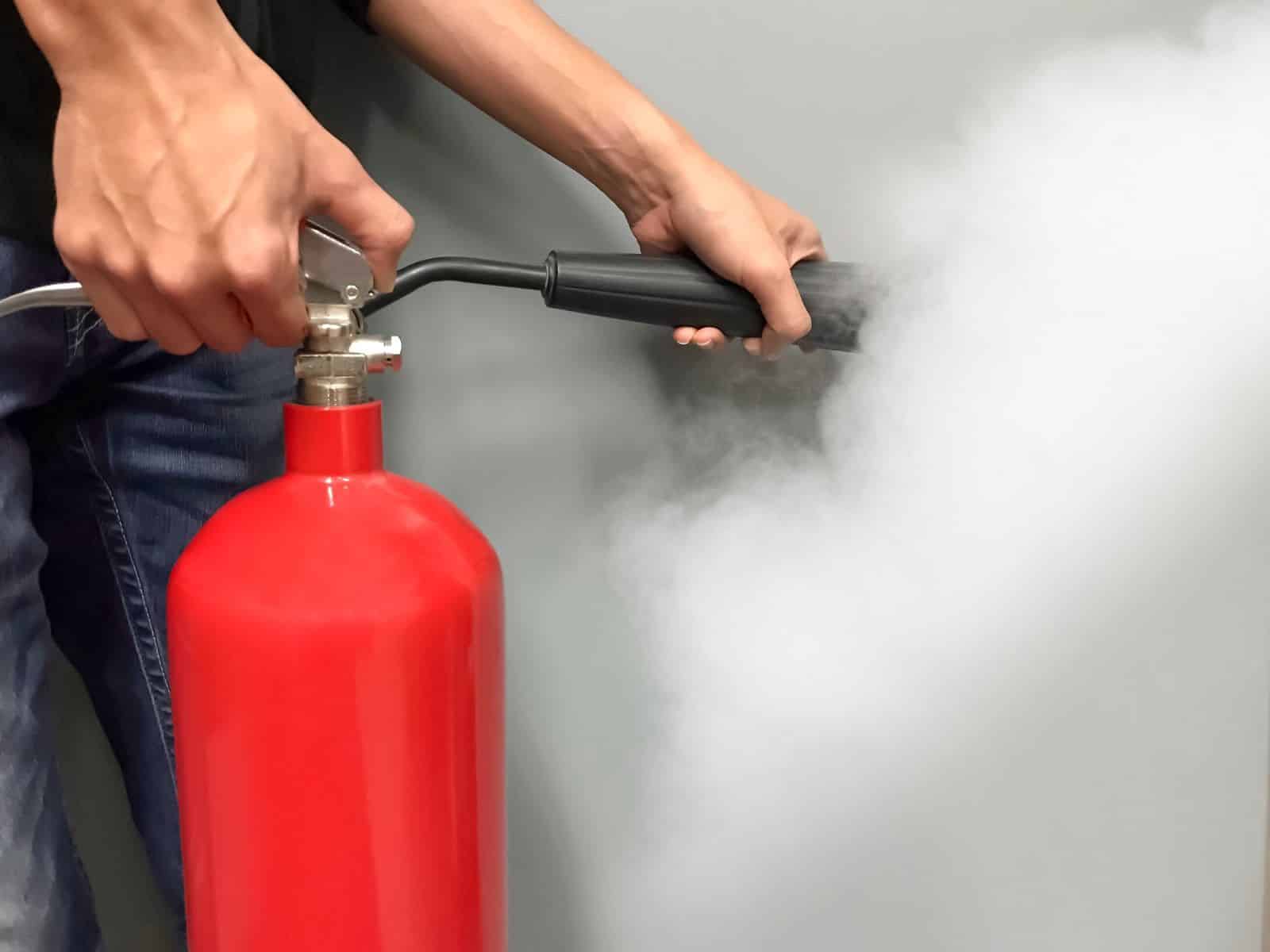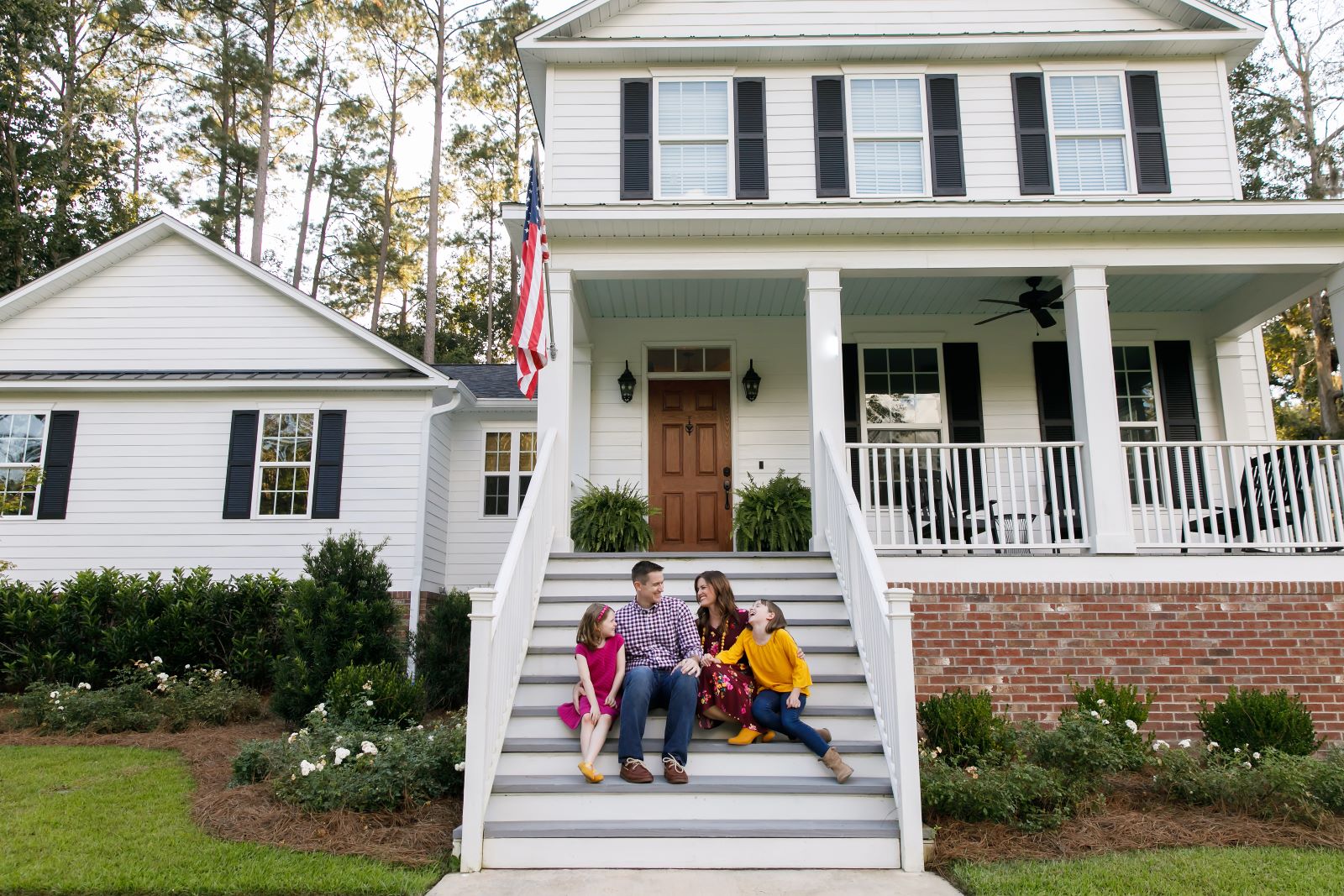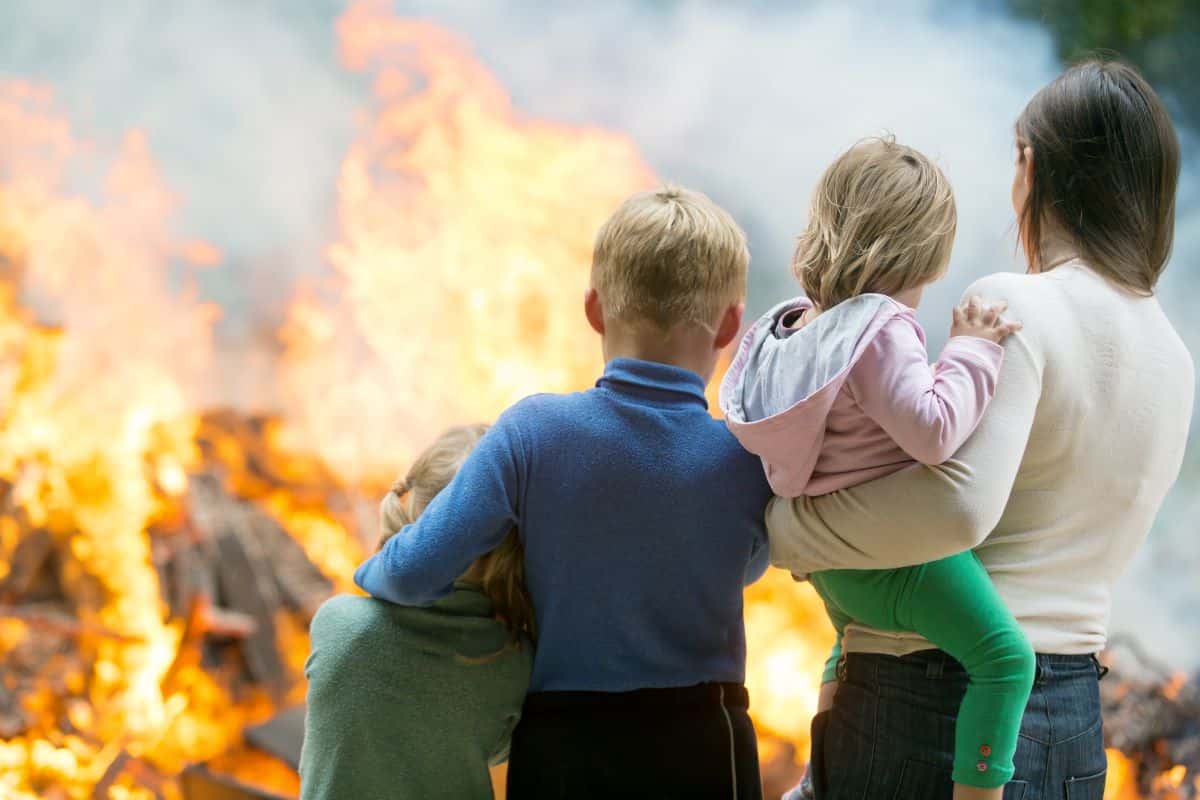Fires can happen in any room of your home at any time of the day. By adding fireproofing to your home, you can be one step ahead of a fire should one break out. Here are seven easy ways to make sure your home is ready in case of a fire.
1. Inspect Electrical Systems

If your home is older, make sure to have the wiring checked. Also, make sure old electrical panels are replaced. Keep an eye out for overloaded circuits, and never plug too many things into one surge projector or outlet. If you can, have your home’s electrical system inspected by a licensed electrician once a year.
If alternative lifestyles interest you, such as going off the grid, regular maintenance and checking of electrical systems are especially essential. This is simply because off-grid setups often use solar panels, batteries, and other electrical systems that can also cause fires if poorly maintained.
2. Install and Test Smoke Alarms
Install smoke alarms on every floor of your house. Also, test them once a month (make a calendar note if you need to) and change batteries at least once a year.
Most smoke alarms today come with 10-year batteries, but they still need testing regularly. And don’t forget to replace the whole unit every ten years since the sensors can become less sensitive over time.
3. Create and Practice a Family Escape Plan
The most important thing where fire is involved is to plan an escape. Each member of your family should know at least two ways out of every room, whether by door or window.
Designate one meeting place outside the home where everyone will go after they escape. Identify a meeting location at a safe distance from your home where everyone can go once they’ve escaped. Practice the plan with all members of the household twice a year, during different times of the day. These drills will help family members, especially children who may be sleeping or are easily distracted, learn the plan and practice reacting quickly and calmly in an emergency.
Equally important is teaching your kids how to save you in case you are incapacitated during a fire. Empowering the children to know and be confident enough to help in times of emergency should come first.
4. Fireproof Your Home
Consider fire-resistant roofing, such as metal or asphalt shingles, and fire-rated windows and doors. These materials are designed for high temperatures and will help slow down flames considerably.
In conjunction with these materials, homeowners can take another step to protect their homes with an exercise known as home hardening. Home hardening is a process of making specifically designed changes to a home that will allow the house to stand up against ignition much better. This could include upgrading your vents to ember-resistant vents, hardening of eaves, and sealing gaps where embers might enter. By implementing these strategies, you create additional barriers that can prevent a fire from getting a hold.
5. Keep a Fire Extinguisher Accessible

Place extinguishers in your home, including the kitchen, garage, and near fireplaces. Make sure all family members know where they are located and how to operate them properly.
They’re rated for class, so look to get the right type for your home. In most cases, an ABC multi-purpose rated extinguisher will suffice.
6. Mindful Cooking Habits to Prevent Kitchen Fires
Preventing kitchen fires means, first and foremost, having attentive cooking practices. Never leave the stove or oven on while you are cooking on it, and never have flammable items—such as towels and paper products—too close to heat sources.
Other benefits of home cooking reach beyond fire safety—but not that far away—to the possibilities of creating healthier nutrition and avoiding ultra-processed foods. Making your meals from scratch gives options for fresh and whole ingredients instead of ultra-processed foods, which can do nothing but positively affect your health and reduce the risk of accidentally lighting something on fire. Many packaged meals that call for extreme temperatures or other complex cooking instructions.
7. Be Safe When Using Heaters
Never leave space heaters, fireplaces, and wood stoves unattended while in operation or running and near things that may burn, and always keep them at least three feet away from such objects. If you have a fireplace, make sure it has a sturdy screen on the front that helps hold all the sparks inside.
Clean out chimneys, flues, and vents regularly. Remove soot and creosote to reduce the risk of a chimney fire. Ensure all your heating equipment works right and is safely managed for warmth and security through these winter months ahead.
Building a Fire-Safe Environment

Remember these tips to keep your family safe. It’s best to be prepared for when the worst happens. If your home has suffered from a fire, professional fire damage restoration service can help you recover quickly and effectively from the event. Experts will restore your house to its pristine state so you and your family can resume living in your now-safe and secure home.
The post 7 Practical Ways to Fireproof Your Home and Protect Your Family first appeared on Mama Say What?!
Featured Image Credit: Shutterstock / Vadim Ratnikov.





